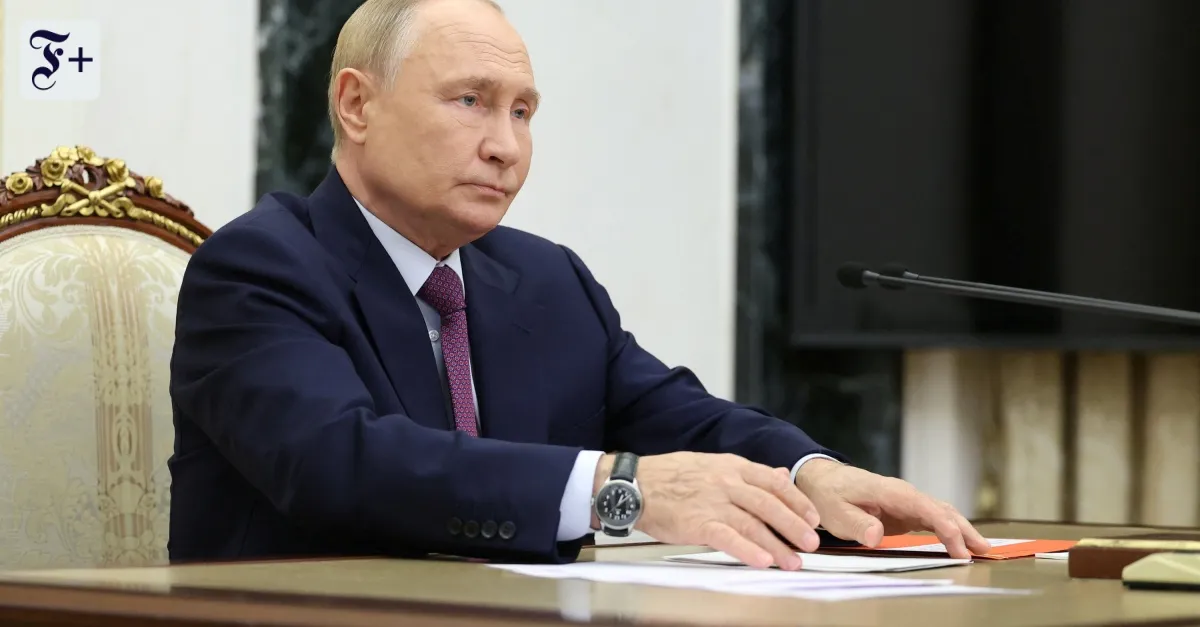Wladimir Putin's Transformative Update on Russia's Nuclear Doctrine

Wladimir Putin's Announcement on Nuclear Doctrine Changes
In a startling turn of events, Wladimir Putin revealed critical modifications to Russia's nuclear doctrine during a meeting of his National Security Council. This reform outlines three key areas:
- Expansion of threat categories: The updated strategy now includes states without nuclear weapons that could act alongside nuclear powers in aggression against Russia. This statement indirectly targets Ukraine and its NATO allies.
- Clear criteria for nuclear response: The new rules delineate when Russia would consider nukes necessary, shifting from the current focus merely on ballistic missile threats.
- Inclusion of allies: Belarus is notably singled out, reaffirming partnerships in the context of nuclear deterrence.
These changes appear to respond to Western military support for Ukraine and aim to redefine the nuclear threat landscape. Experts note that the alterations echo a strategy to provoke fear among Ukraine's supporters, especially during critical engagements.
Discussion Surrounding the Reform
Putin's doctrinal update also sparks broader discussions on nuclear thresholds and the potential for escalation in the ongoing conflict. Analysts suggest that this reform may serve as a psychological tool to deter further military aid to Ukraine.
This article was prepared using information from open sources in accordance with the principles of Ethical Policy. The editorial team is not responsible for absolute accuracy, as it relies on data from the sources referenced.